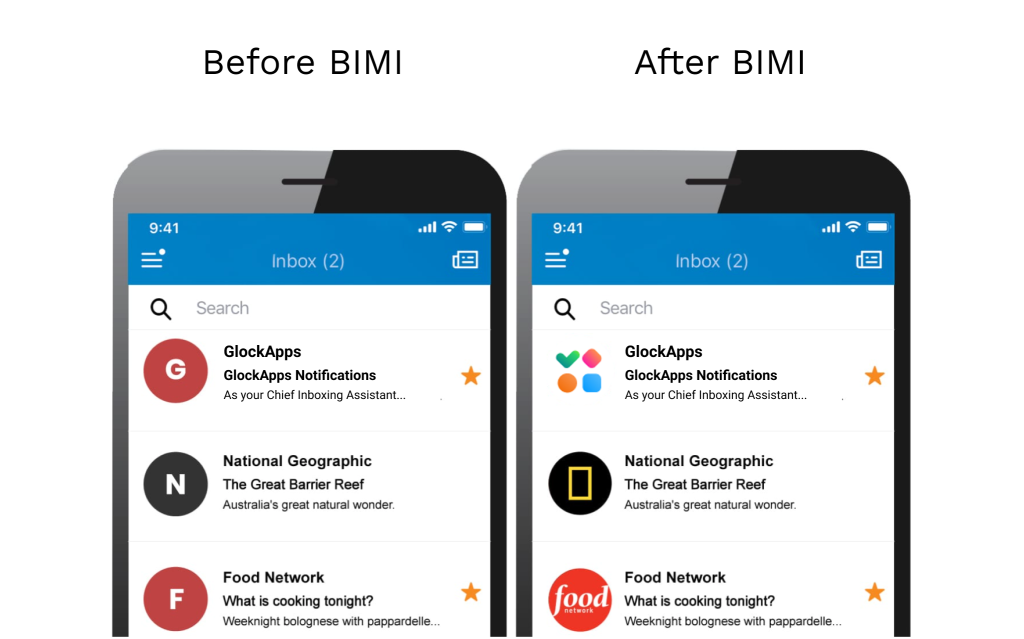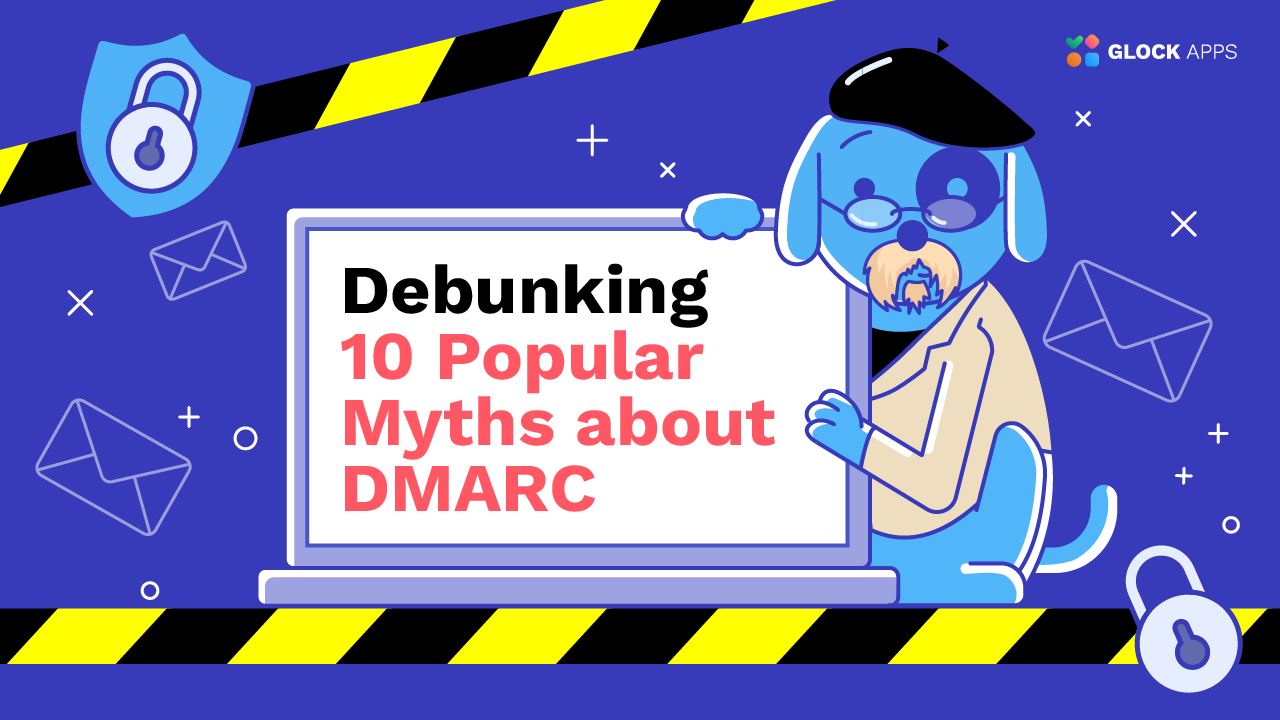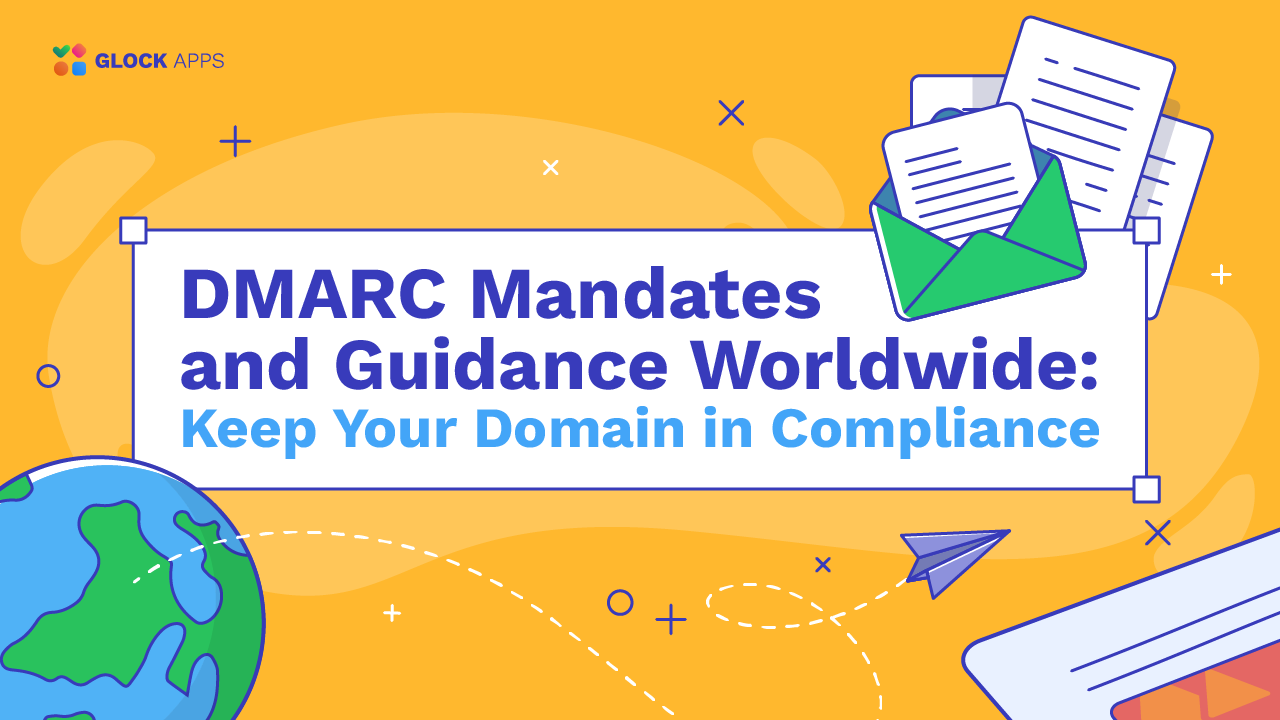Benefits of BIMI: Why You Need a BIMI Record for Successful Email Marketing

Email marketers work hard in devising ways and methodologies to become effective and gain more subscribers organically. As visibility is crucial and every organization wants to have their emails opened, BIMI technology is a big step for every brand to get into the inbox and get noticed. BIMI email authentication also makes it easier to recognize a legitimate email. How? You will find out from this article.
Today cybercrime is a massive threat to businesses, so it is essential to know how you can alleviate and combat phishing attempts as well as email spoofing.
These kinds of intrusion can literally cost businesses millions of dollars per year. That is why you would want to have a security revamp that will ensure business stability and growth with lesser business compromise.
So what is BIMI record and why is it essential for email marketing and brand in general? In this article, we want to discuss what BIMI does for your organization and IP reputation, what the connection between BIMI and DMARC is, and learn how they work hand in hand to provide total protection to email domains.
What is BIMI?
BIMI stands for Brand Indicators for Message Identification. In simple terms, it is a way for the organization to showcase its logos in the client’s inbox. Originally, we can see this as the initials or avatars of the sender.
Unlike other known email security, BIMI is a more straightforward form of brand identification yet hard to imitate by fraudsters and target your audience and customers.
It is also shown to be a great help for an organization’s deliverability rate, an efficient tool to gain the trust of the consumers and achieve a better experience for your subscribers that we should strive to maintain.
In technical terms, BIMI is a DNS record that is liable for the logo that will be used to represent the company’s brand in an email inbox after being authenticated with SPF, DKIM, and DMARC policy. These 3 systems verify the sender’s information and work alongside BIMI to notify email clients that you are a legitimate email domain.
BIMI strengthens email security because of the DMARC authentication process and policies needed to implement BIMI. In order to use the BIMI record, you must have an existing DMARC record with the policy set to ‘quarantine’ or ‘reject’.
Read also: What is DMARC: Email Security with DMARC, SPF, and DKIM
Developed by the leaders of email marketing and piloted back in March 2018, BIMI email authentication has expanded significantly. Today, it is supported by Gmail, Yahoo Mail, AOL, Fastmail, Apple Mail, and La Poste, with more providers exploring adoption.

Benefits of BIMI
Having a logo displayed in your recipient’s email is not enough, so it is a good idea to have it adequately authenticated using the policies mentioned. Although it may be costly to implement BIMI, in terms of setting it up and hiring a professional to design a logo, see the underlying benefits that you will get with this added protection for your email processes. Here are some of them:
- It amplifies the ID process from end-users, which are your customers or your subscribers. Also, it is a perfect device for brand awareness. Using BIMI ensures a greater response percentage and an extra layer of protection from fraudsters that can ruin your deliverability.
- It allows to experience a better engagement with your subscribers and targeted audience with trust. Implementing this technology could also lead to more leads and more sales in the future.
- It affects the receiver’s trust and will also determine if they open an email from you in the future. Without BIMI, it is hard for your customers to identify your brand unless they see the brand name.
How to Implement BIMI Record?
BIMI is a text record published in the DNS of your domain. This record points to your company’s logo (SVG file) publicly hosted on a web server. Once you send out the message, email services read the BIMI SVG file and successfully validate the sent email.
If the verification passed, the email should be routed to the recipient’s inbox. The process itself seems to be simple; however, you still have to consider many things to ensure flawless implementation:
- Existing security and validation process – This means that you have an email authentication configured adequately before you even implement BIMI. Having a DMARC record with the ‘quarantine’ or ‘reject’ policy for a domain is expected for BIMI as your email must be safe from phishing and spoofing attempts.
- SPF (Sender Policy Framework) – A way to certify the IP address of the sender (Whitelist);
- DKIM (DomainKeys Identified Mail) – This process is to make sure the email is not altered in the process of sending;
- DMARC (Domain-based Message Authentication, Reporting & Conformance) – connects SPF and DKIM and ensures email authenticity.
Read also: Email Authentication: The Ultimate Guide
2. Uploading the Company Logo – You must upload a file with your company’s logo that is not exceeding 32kb in the SVG format to the server. The chosen logo must be square and centered.
3. Get a BIMI Certificate (VMC or CMC) – To have your logo displayed next to your emails, most providers require a BIMI certificate. Now, there are two options:
Verified Mark Certificate (VMC) – The most widely accepted certificate, a VMC verifies both your brand and logo through a trademark registration process. It’s issued by trusted Certificate Authorities (CAs) and helps prevent logo misuse by scammers.
Common Mark Certificate (CMC) – A newer option, CMC is supported only by Gmail and allows brands without a registered trademark to display their logo. However, unlike VMC, it doesn’t come with the Gmail-verified checkmark.
If you want your logo to appear across multiple email providers, a VMC is still the better choice.
4. Publishing your BIMI record – once the setup of your BIMI file is built, publishing it to your DNS server would be the last step. Access your DNS server and create a TXT record that will be routed to your logo file location URL. Please take note that it may take up to 48 hours to have it completed. Read a quick guide to publishing a BIMI record.
Your record should look like this:
v=BIMI1; l=https://www.example.com/images/logo.svg
5. Ensure – After all the processes, it is time to test if your BIMI record is working or not. How long would it take to see the result? It varies depending on the organization, mail servers as well as complexities. Furthermore, we can say that a reasonable timeframe would be 6-8 weeks for larger and more complex organizations.
Learn More About BIMI Record
What is BIMI: Ultimate Guide to BIMI
How to Strengthen Your Brand with BIMI
Conclusion
One of the main benefits of BIMI for email is that it is a great way to strengthen email security and deliverability. It gives brands an opportunity to showcase their logo in the client’s inbox, improving trust and brand awareness. BIMI record stands for Brand Indicators for Message Identification and requires a brand to have strong email authentication, in particular, DMARC with the policy of ‘quarantine’ or ‘reject’, which provides strong domain security and helps recipients see that you are a legitimate sender.
Today, BIMI is supported by Verizon Media, Google, and Fastmail, and the adoption rate is growing. You can make the first step towards BIMI today, by implementing DMARC with GlockApps DMARC Analyzer. You will get 10,000 free credits for DMARC-capable messages every month, and with our dedicated support team, it will be much easier to get to the highest level of protection.



